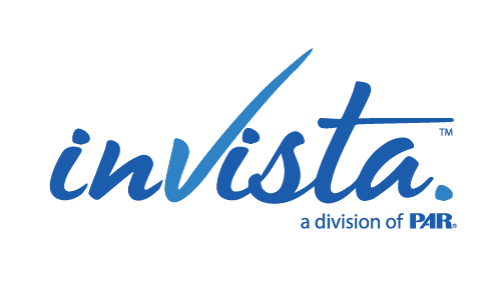In today’s competitive world of talent acquisition and retention, writing effective job descriptions is crucial for attracting and retaining top talent. A well-written job description not only communicates the necessary qualifications and duties for a role but also illustrates how the job will fit into the organization. Human resource professionals play a pivotal role in this dynamic by ensuring that job descriptions effectively align with the realities of the role, as well as position the role to sound inviting to attract top talent. Here are some key strategies for writing better job descriptions that not only reflect the true nature of the job but also employ the right terminology to serve as a recruitment strategy.
Understand the position and responsibilities
Before attempting to write a job description, it is crucial to have a comprehensive understanding of the open role and its responsibilities. Encourage an open dialogue with hiring managers, current employees in that position, as well as those who will work closely with this position. This will help you gain an extensive understanding of the job, as well as insight into what traits to look for in applicants.
Use accurate job titles
A job title is the first point of contact with a potential employee, and the way that title is presented sets the tone for the perception of the role. Be sure to use titles that accurately represent the position while also considering industry-specific terminology. Though it may be tempting to introduce a creative spin to your job roles, it can produce confusion. A clear, straightforward title can help applicants identify whether the job aligns with their skills and ambitions. Ambiguous or inflated titles could not only mislead and intimidate applicants but could also entail unrealistic expectations for the role itself.
Hook applicants with an engaging overview
Like a job title, a job summary or overview can be used as a strategy to draw the reader’s attention. Using a concise, simple, but impactful summary provides the reader with the purpose of the role and its significance to the organization. This is an opportunity to showcase the role’s unique selling points, such as growth opportunities, impact on organization success, and other added perks. The overview should entice the candidate to dive into the job specifics.
Keep it simple
Prioritize simplicity and use clear and direct language to convey important information correctly. Avoid internal terminology or overly wordy explanations. Break up long paragraphs—divide content into bullet points or short sections to help encourage easy reading. This allows applicants to quickly scan the document and gather the necessary information without feeling overwhelmed by excess details.
Determine necessary versus desired skills
Identify the necessary qualifications, skills, and experience required for the role. As an organization, it is best to define the qualifications that are “must-haves” and those that are “nice-to-haves.” Though specific experience and qualifications are important, don’t underestimate the importance of soft skills and an ambitious work drive. Mentioning some soft skills under the qualifications section could help the applicants get a better understanding of what attributes are valued in the organization and what the culture might look like. Avoid using language that may seem normative, biased, or could discourage a strong candidate from applying. For example, women do not apply in equal numbers to positions where typically masculine characteristics are listed—terms such as outspoken or aggressive.
Tailor language to your target audience
To reach the right potential candidates, you must speak their language. Just like marketing, recruitment too requires research. Understand the demographic of your target candidate and use the terms and jargon that will make sense to them. Be sure to appropriately use common buzzwords or acronyms associated with the position and/or industry, but not in excess to alienate those not familiar with the terminology. According to recent research, 75% of job applicants respond positively to job descriptions that use more generic language than formal and specific language. Finding this balance between inclusive and exclusive will create a job description that is easily understandable and marketed appropriately.
Update, update, update
As your organization grows and changes, so should your job descriptions. Some common practices to accomplish this include updating a job description every time the job is posted or dedicating time annually or semiannually to review all job descriptions and make necessary adjustments. In the same fashion as writing a job description from scratch, do your research. Has the industry changed? Have the qualifications or required responsibilities shifted? Talk to the employees who are active in that role or similar positions and find out what has changed since the last update and compare the description with their daily tasks and duties. This will not only keep recruitment tactics accurate but also provide an accurate guide for existing employees in that role.
Need help finding the right candidate for your open roles? Let InVista help you take the guesswork out of your hiring strategy.


Recent Comments